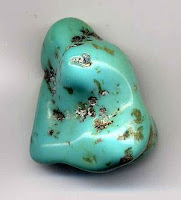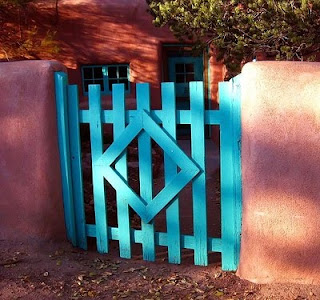I have good memories of visiting NC schools in 2004 thanks to the Novello Book Festival sponsored by the Charlotte Mecklenburg Library. When I returned to Novello in 2007, I had the pleasure of meeting gracious Meryle Leonard. Meryle quickly took an interest in Día and has been a champion ready to strengthen the celebration in Charlotte and also ready to share her ideas and commitment locally and in her region. Thanks, Meryle!
 |
| Meryle Leonard, Outreach Manager |
I. When and how did you become interested in sharing bookjoy?
My interest in bookjoy began when I received an invitation to view the site from Pat Mora. I found it a wonderful resource to get information, resources and activities to celebrate Dia all year long.
2. How did you first learn about Día and what has been your experience with Día? When I returned to work at Charlotte Mecklenburg Library almost four years ago, I learned about the wonderful Dia celebration the library had been hosting for the past six years. I was lucky enough to be in the department that hosted the Dia activities. My goal was to bring in an author for the event to connect the literacy aspect of Dia with the celebration. Lulu Delacre, Yuyi Morales, Arthur Dorres and Keizo Kasza enhanced our celebration with school visits and parent/teacher workshops.
3. What are your hopes for Día 2011, Día’s 15th Anniversary? Like most library systems, we are facing financial challenges. With that said, I hope that we can continue our Dia celebration, with limited resources and continue to expand our celebration to all children and all cultures. Dia for our library system means, “Diversity in Action!”
 |
| Día 2010 |
 |
| Día 2010 |
4. What helpful tip(s) do you have for those organizing a Día event for the first time? Start planning for your April Dia celebration in September and collaborate with other community agencies to expand resources and reach all populations in your community.
5. What is your favorite example of Bookjoy as either a child or an adult?
As a child, I enjoyed listening to my mother read fairytales to my older brother and me. She read the classic versions, Hans Christian Anderson and the Brothers Grimm. I enjoyed the suspense and I enjoyed being frightened. Most of all, I loved the happily ever after endings. My mother died when I was six, but I still have the fairytale book she read from and I share this “bookjoy” with my children. I still cannot read The Little Match Girl, without crying.
6. What are you reading now? I just finished reading, “More Church Folk” by Michele Andrea Bowen. The author is visiting our library next week and I cannot wait to participate in the book discussion.





